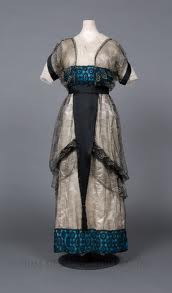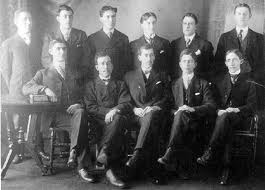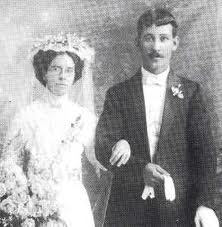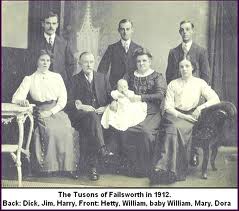Sports were just as important a hundred years ago, as they are today. The difference is you couldn’t turn on the TV or Internet to watch the game or find a score. If you wanted to know how a team did you either went to the game or waited for the newspaper to report the scores. Remember this was even before radio was available to listen to a game.
It was easier in larger cities that hosted a team, but if you lived in a rural area the only games you may ever see would be the local scrimmages the young people might put together.
So let’s look at some newsworthy sports news from 1912:
–the 1st world record in men’s 100 metres recognized by International Association of Athletics Federation {IAAF} Donald Lippincott {USA} ran 10.6 at Stockholm during the Summer Olympics
–the 1st world record of men’s 1500 meters ran by Abel Kiviat in Cambridge, MA in a time of 3:55.8
–Quebec Bulldogs win the National Hockey Association and the Stanley Cup
–Odile Defraye of Belgium wins the 10th Tour de France
–Feb 22–Johnny Kilbane wins World Featherweight Championship; a record he holds until 1923
— April 20– Boston Red Sox opens Fenway Park w/ a win over New York Yankees
–April 20–Detroit Tigers open Navin Park after a remodel {later Tiger Stadium} with a win over Cleveland Indians.
–May 30–2nd running of Indianapolis 500 at the Indianapolis Motor Speedway; won by Joe Dawon and Don Herr driving a National Car
–October 5–David Bruce-Brown, American Grand Prize winner, killed during practice for the 4th race
–October 8-16– Boston Red Sox defeat New York Giants in 1912 World Series 4-3 games with one tie
–November 28–Willie Ritchie wins World Lightweight Championship; title he holds until 1914
The Summer Olympics were held in Stockholm, Sweden from May 5-July 27 {only full Olympics held in Sweden} with 102 events in 14 sports with 2,407 competitors.
–Sweden won the most medals with 65 total
–USA won most Gold medals with 25 total
–1st use of electronic timing and public address system
–women’s events in swimming and diving introduced {48 women competed in the Olympics}
–first art competition held; which lasted from 1912-1948
–Francisco Lazaro of Portugal, became the first athlete in modern Olympics to die during competition {died while running the marathon}
–Sweden’s Oscar Swahn, 64, oldest Olympic gold medalist for deer-shooting event {at that time}
–George S. Patton {future WWII General} participated in the first modern pentathlon competition
–a Japanese marathon runner went missing {he passed out from heat, was cared for by a farming family and returned to Japan without notifying officials. He finished the race 50 years later, giving him the “unofficial” longest running time}
If you lived in 1912, which of these would be of the most interest to you?












































